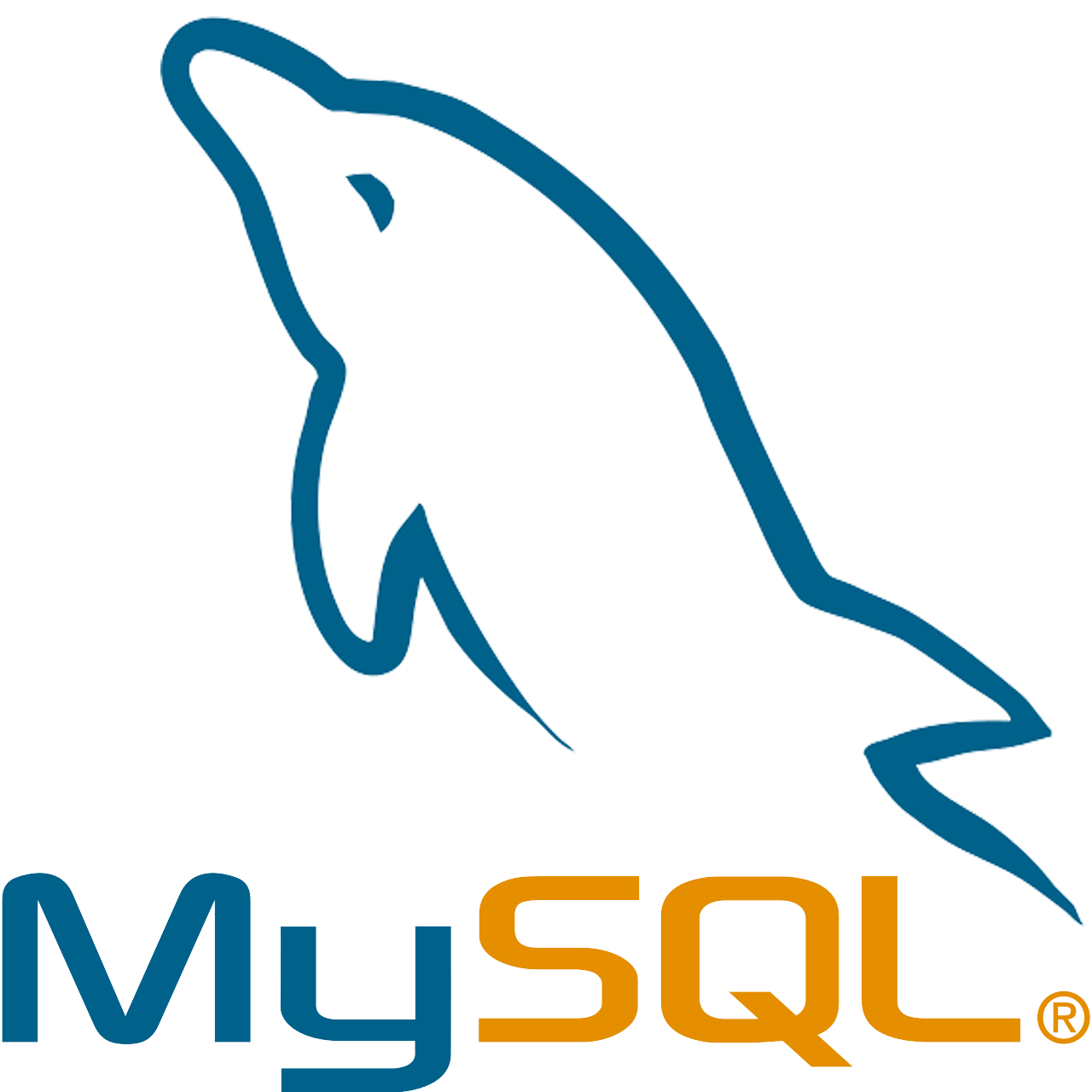C
O
M
P
U
T
U
R
E
O
R
G
A
N
I
Z
A
T
I
O
N
&
A
R
C
H
I
T
E
C
T
U
R
E
Computer architecture is the art of turning abstract logic into tangible performance, where every instruction
counts.
SRN : 01FEBCS414
Name : Amogh Talawar
Branch : Computer Science Engineering
Division : D Division
College : KLE Technological University
.jpg)
 HTML
HTML
 CSS
CSS
 JS
JS
 BOOTSTRAP
BOOTSTRAP
 REACTJS
REACTJS
 NODEJS
NODEJS
 SPRINGBOOT
SPRINGBOOT
 MYSQL
MYSQL
 MONGODB
MONGODB
 JSP
JSP
 GITHUB
GITHUB
 GIT
GIT
The Computer Organization & Architecture course covers the core principles of computer systems, including memory hierarchy, input/output mechanisms, interrupts, pipelining and the basics of parallel processing. It offers a thorough understanding of how modern computer systems operate and interconnect at both hardware and software levels. By bridging the gap between hardware and software, this course equips future engineers with the skills to design efficient, scalable and robust computing systems. A key component of the course is a hands-on activity where students design a simple processor using a simulation tool, providing them with valuable insights into the instruction lifecycle and the internal workings of processors.